I am publishing my app in the Play store and i don't want it to be available for tablets. How can i make it happen?
I don't want to manually exclude every single tablet within the developer console of android but i really need my application to run exclusively on smartphone.
EDIT: I did as you suggested but here's the result:

And for further explanation: i need my app to run on devices that normal people call smartphone and not on devices that normal people call tablets... e.g. it has to run on "Galaxy Note 2" but not on "Galaxy Tab"
SOLVED Thanks to @CommonsWare:
I had to set the following tags in my manifest:
<uses-sdk android:minSdkVersion="9" android:targetSdkVersion="9"/>
and:
<compatible-screens>
<!-- all small size screens -->
<screen android:screenSize="small" android:screenDensity="ldpi" />
<screen android:screenSize="small" android:screenDensity="mdpi" />
<screen android:screenSize="small" android:screenDensity="hdpi" />
<screen android:screenSize="small" android:screenDensity="xhdpi" />
<!-- all normal size screens -->
<screen android:screenSize="normal" android:screenDensity="ldpi" />
<screen android:screenSize="normal" android:screenDensity="mdpi" />
<screen android:screenSize="normal" android:screenDensity="hdpi" />
<screen android:screenSize="normal" android:screenDensity="xhdpi" />
<!-- all large size screens -->
<screen android:screenSize="large" android:screenDensity="ldpi" />
<screen android:screenSize="large" android:screenDensity="mdpi" />
<screen android:screenSize="large" android:screenDensity="hdpi" />
<screen android:screenSize="large" android:screenDensity="xhdpi" />
</compatible-screens>
And do the following: Right click on project -> properties -> android -> select a target greater than 8